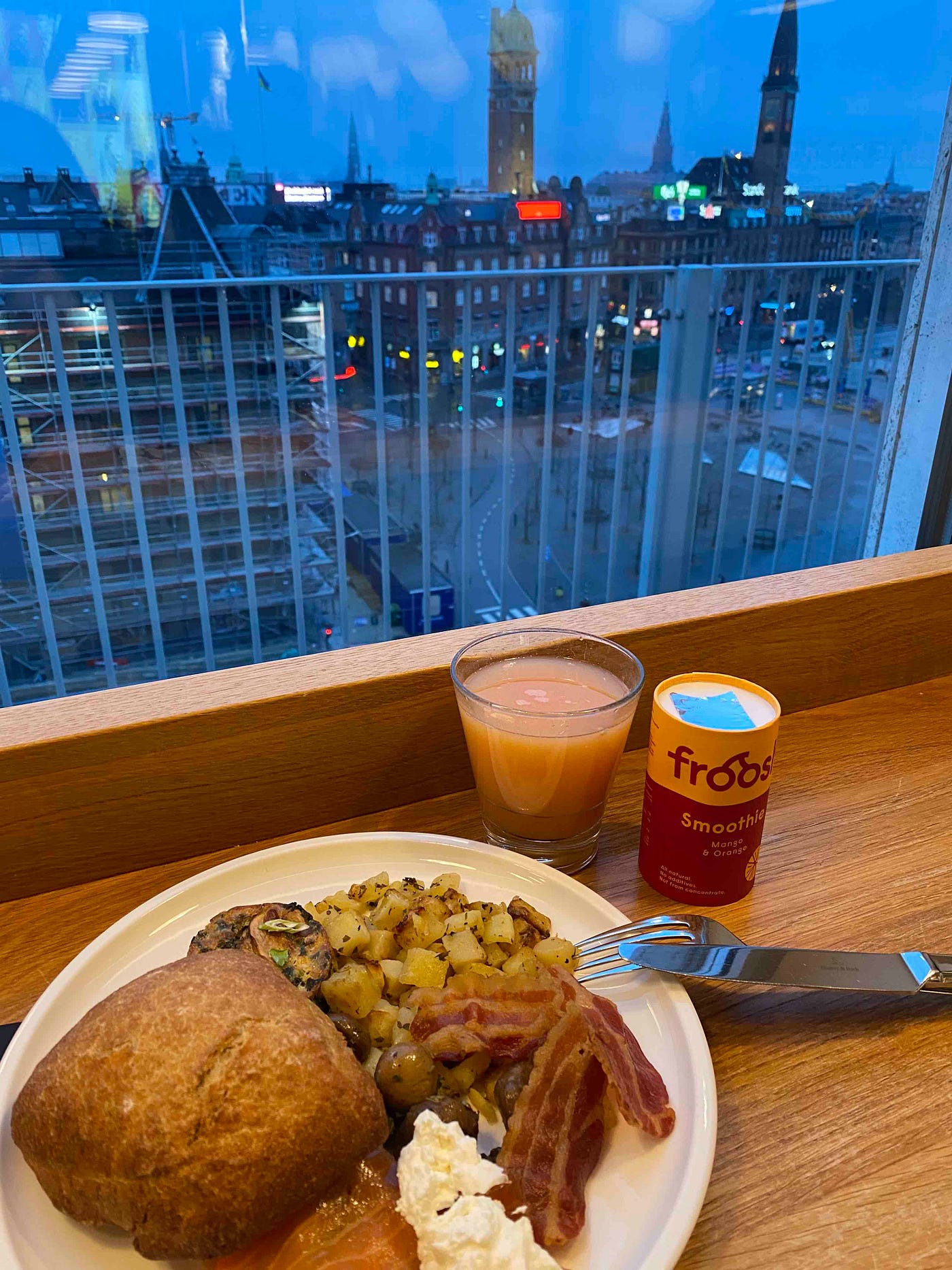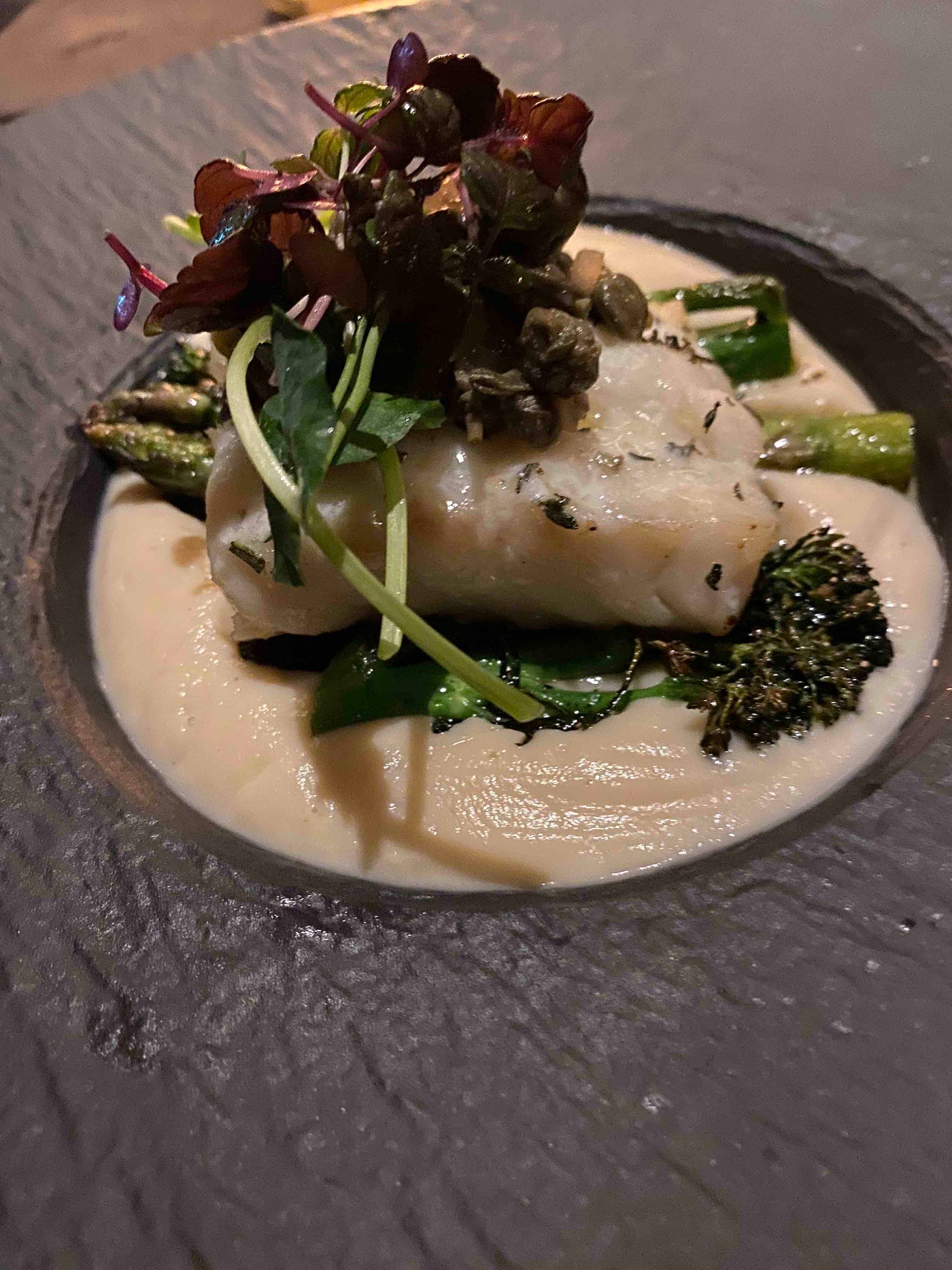I had planned a long weekend to get away from the daily ‘routine’ and try to focus on finishing the book I had started during the pandemic.
Or rather of the 2 books, since when I finished the ‘first work’ I asked myself: “Giancarlo, if 10 years ago they had proposed you to read the book you now have in your hands, what would you have done?”
At that time I had little time to read, I certainly would never have read an autobiographical book by a total stranger!
Not that with the second version I have a better ‘chance’, but at least I am sure that some restaurateur/albergue friend will start it to please me and maybe finish it, now it contains some interesting insights.
Let those who want to understand, they understand! However, when you do something always think about the value it can bring to others as this is the only case where you will also benefit.
In this article
- Modern catering in Copenhagen: between taste and innovation
- Food and wine as the main vector of tourism
- Modern restaurants business: the situation in Italy
- The secret to change exists: changing the business model
Modern catering in Copenhagen: between taste and innovation
Copenhagen reflects its people, or rather the culture of the Nordic peoples, who are well organized.
The city is clean, the services are efficient, and many people use bicycles despite the fact that it is the middle of winter; indeed, watch out for the bicycle lanes, since we Italians are used to walking everywhere, while here cyclists have their own lanes where they travel at crazy speeds.
The hotels are in line with those in the major European capitals, but the real discovery was the gastronomy. For an Italian abroad, the real worry is often the food; we have a hard time adjusting since we are so used to it. I never eat Italian food abroad so as not to be disappointed. I am convinced that in the worst case scenario a cheeseburger with fries is better than a low-level pasta or pizza.
On the other hand, how do tomato or mozzarella and all the fresh ingredients get to Denmark? And how ‘sustainable’ is a transport to here?
In Copenhagen, however, there is modern Danish cuisine that offers excellent meat, fish and vegetables, and also at a good price compared to beer, which costs 50% compared to Italy. Yet they are great producers.
When I talk about modern Danish cuisine, I am not talking about Rene Redzepi and his Restaurant Noma, nor even more so about Rasmus Kofoed and his Restaurant Geranium, respectively first and third in the ranking of the best restaurants in the world.
But of all the Danish restaurants that have opened on the wave of worldwide success acquired by these two iconic restaurants.
While having breakfast and watching from the terrace the few cars driving around Rådhuspladsen on Saturday mornings, I began to reflect on the small differences that in the long run develop into big changes.
Here again I have to call into question the ‘unfair competitive advantage’ that my friend Marco Trombetti co-founder of Translated and Pi-Campus calls into question when he talks about fashion, furniture, food and wine, and Italian hospitality.

Food and wine as the main vector of tourism
In Italy, thanks to the fact that we are the ‘bel paese’ rich in history, culture, artistic and scenic beauty, and food and wine, we have remained immobile while everything changed, embracing the national sport that is now ‘complaining’.
But ‘complaining’ is not a strategy and no one will be able to do anything for you. “No one can give you freedom,” said Malcolm X. So it is worth reflecting.
Food and wine tourism is a reality. I won’t hide the fact that Copenhagen was a ‘top of the mind’ destination a few years ago thanks to Noma and Geranium. Tuscany and Piedmont are 2 regions that have managed to extend the seasonality and intercept tourist flows, let alone complain!
Copenhagen is a lively city, full of restaurants where emulators and pupils of René Redzepi and Rasmus Kofoed certainly have much to tell with their dishes. Last night I went to BLOOM since Maple Casual Dining (rating of 4.9 on Google and 5/5 on Tripadvisor) had ‘bounced’ me.
The very nice hostess, as well as all the staff present in the dining room, found the time to dedicate herself to me, to check twice that there was no table for yours truly, and to invite me to go to the ‘sister’ restaurant 100 metres away. In Italy this would have been unreliable advice, here I had to change my mind.
Modern and tastefully furnished ambience, adequate space between tables, a smart menu where you can choose from a series of appetisers costing 125 Danish crowns, and then move on to the main course, all of which cost the same € 189 crowns.
Basically, you eat at unified prices. Simple and functional. In line with today’s trend of eating two courses + dessert.
Ps: in case of a big appetite, there’s a 3-course + dessert tasting menu option for 425 crowns (€ 57). Casual service, everyone very friendly. Price 50 € for the two courses with a beer (I avoided dessert as I had fallen into the trap of buying a gigamnte pack of M&M’s).
Obviously I left a 5-star review on Google and a 5-ball on Tripadvisor, the minimum for being satisfied at the highest level.

Modern restaurants business: the situation in Italy
But let’s go back to Italy and the initial ‘unfair competitive advantage‘ that has now turned into a disadvantage. In our country nobody wants to be a cook or waiter by profession any more, most of the requests come from desperate people who do not know how to make ends meet, it is not a conscious choice but a necessity.
For many years I owned or managed catering businesses and I know the problem very well. Today more than ever because I can see things from a preferential point of view and not as the manager of my business.
For the salary stipulated in the CCNL (italian contracts of the category), most restaurant workers are forced to work hours well in excess of the 40 hours stipulated in the contract.
A cook or waiter who works part-time for six days a week does 40/50% more than the stipulated hours (55/60). And for the company the cost of the employee is double what they receive in their pay packet. An unsustainable situation that continues to deplete the sector of the best talent forced to migrate abroad.
In recent days, René Redzepi has even announced that his restaurant will close its doors by 2024 because this business model is not sustainable either for the company or to maintain the standard of living of his employees, who even work shifts of four days a week. If you want to know more, I leave you the link to read more.
The secret to change exists: changing the business model
Reflect. I could not do this before, caught up in the many thoughts of how to make ends meet. Now I am free and can devote myself to making these considerations with you.
Changing the business model when you are at the top of the pyramid, when you are at the top, when you don’t need to be, when most entrepreneurs are busy accumulating money, makes all the difference in the world!
When did we change the catering business model in Italy in this sector? When was the last time some enlightened entrepreneur thought of changing something? This is our limit.
We continue to see but pretend nothing has happened. In a starred restaurant you know when you enter and never when you leave. Nothing is left to chance and the last thing that counts is the time that is sacrificed to offer that unique experience that must be worth the stop or even the journey.
If our politicians do not seriously address the issue of labour reform and the tax burden for companies this situation will tend to worsen, so I wonder what will happen to the 13% of Italian GDP that is produced by the tourism and hospitality sector?
Article written by Giancarlo De Leonardo, former hotelier & restaurateur and founder of carocollega.com

